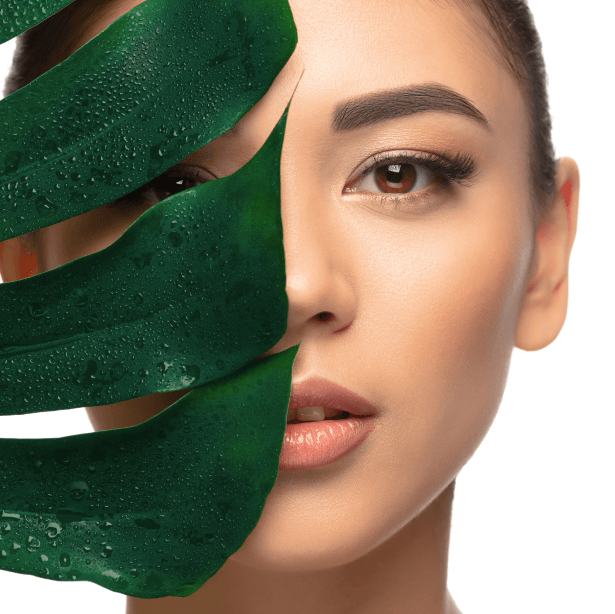Navigating the world of aesthetic treatments can feel like walking through a minefield of industry jargon and brand names. Every day, new procedures and products seem to emerge, promising to turn back the clock on our self-imposed deadlines for youthful looks. Among the more popular options are injectables like Botox and Dysport, synonymous with ‘quick fixes’ for wrinkles and aging skin. But what sets these two wrinkle-relaxers apart, and how do you determine which might be right for you?
In this comprehensive breakdown, we’ll compare Botox and Dysport, examining not only their differences but also their similarities, effectiveness, potential candidates, and the finer details you’ll need to make an informed decision before taking a plunge into the world of cosmetic injections.
About Dysport and Botox
Both Dysport and Botox are widely used neurotoxins that work by paralyzing the muscles that cause wrinkles, providing a smoothing effect on the skin. While they share the same core principle, there are distinctions between the two in terms of formulation, dispersion, and onset of effect.
What is Dysport?
Dysport, a relatively newcomer in the US market, is an injectable form of botulinum toxin type A. This toxin is derived from the same bacteria, Clostridium botulinum, which is used in Botox. With smaller molecules and a different formulation, Dysport is known for its “spread” — its ability to diffuse across a wider area. It may be ideal for those needing treatment in larger muscle groups, like the forehead.
What is Botox?
Botox, on the other hand, is an umbrella term for the different brands of the botulinum toxin approved for cosmetic use. It was the first botulinum toxin available for commercial use, introducing a new era in minimally invasive cosmetic procedures. Botox has a reputation for precision — it’s often seen as the gold standard for targeted treatment of facial lines.
| Stat | Dysport | Botox |
|————|——————|——————|
| Formulation| Smaller molecules| Larger molecules|
| Spread | Wide dispersion | More localized |
| Duration | Quick onset, shorter duration| Slower onset, longer duration|
Which is More Effective?
When it comes to effectiveness, the choice between Dysport and Botox depends on the patient’s unique circumstances, including the area to be treated and the desired outcome.
Dysport Results
Dysport is known for its quicker onset, sometimes showing results within 1-2 days. This rapid action makes it a favorable option for individuals seeking immediate visible changes. However, these results tend to last slightly shorter than Botox, with about 3-4 months of effectiveness.
Botox Results
Botox typically takes around 3-5 days to show noticeable effects. While this may seem like a small difference, it can matter to some impatient patients. The upside is that Botox treatments generally last a little longer, with the effects remaining for about 4-6 months.
Who’s a Good Candidate for Dysport and Botox?
The ideal candidate for both Botox and Dysport is someone in good health who is looking to minimize the appearance of wrinkles caused by muscle movements, such as frown lines and crow’s feet.
However, there are some nuances in the application. Dysport’s diffusion makes it a better choice for those with larger treatment areas, slight loss of muscle tone, or for men with stronger facial muscles. Botox, with its precision, is often recommended for first-time users or those looking for more targeted treatment in smaller muscle groups.
What Are the Side Effects?
Adverse reactions associated with both treatments are usually mild and temporary, including redness, bruising, and tenderness at the injection site.
Side Effects of Dysport
Some patients may experience a headache, which usually resolves within 24-48 hours. Uncommonly, there could be a temporary droop of the eyelid that lasts a few weeks. This is generally mild and corrects itself as the product wears off.
Side Effects of Botox
Similarly, Botox can cause some localized pain, swelling, or bruising. In rare cases, side effects can include headache, respiratory infection, or drooping of the eyelids. However, most side effects of Botox are mild and short-lived.
How to Find a Professional
One of the most crucial aspects of your aesthetic treatment is the professional administering the injections. It’s paramount to choose a licensed and experienced practitioner or dermatologist. Research their credentials, ask to see before-and-after photos, and discuss their experience with both Dysport and Botox.
An advanced practice provider, such as a nurse practitioner or physician assistant, working under the supervision of a doctor, can also be highly skilled in both products. The consultation phase is a great opportunity to build rapport with your chosen professional and ensure you both have a clear understanding of your treatment goals.
Clinical Applications of Dysport and Botox
In addition to cosmetic treatments, both Dysport and Botox have a variety of clinical applications. These include addressing medical conditions such as cervical dystonia, muscle stiffness, overactive bladder, and chronic migraines. Discussing your medical history with your practitioner can help in determining whether any of these clinical uses might be beneficial for you.
Ultimately, the choice between Dysport and Botox is a personal one. It rests on a variety of factors, including your anatomy, your needs, your desired results, your practitioner’s recommendation, and sometimes, plain old personal preference. What’s most important is that you feel well-informed and confident in the decision you make.
When it comes to cosmetic procedures, education is as essential as the product or the professional. Take the time to understand what you’re putting in your body and the mechanism by which it works. The more you know, the more empowered you’ll feel in making choices that align with your own standard of beauty. After all, the most attractive feature is confidence, and an informed consumer is often the most confident of all.

